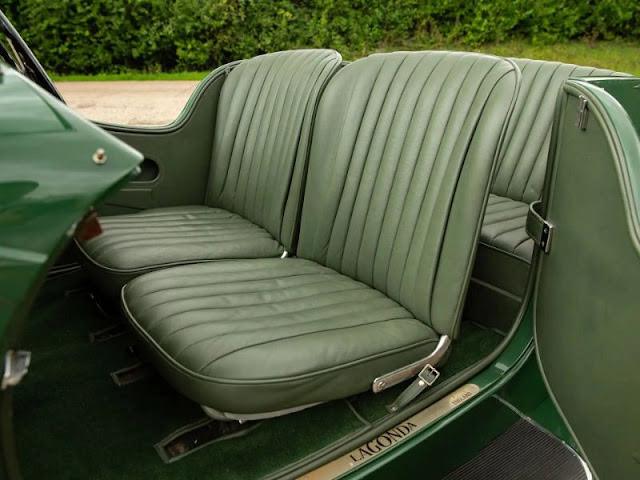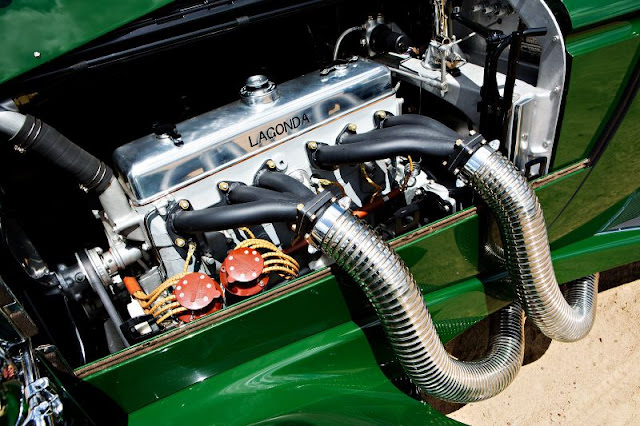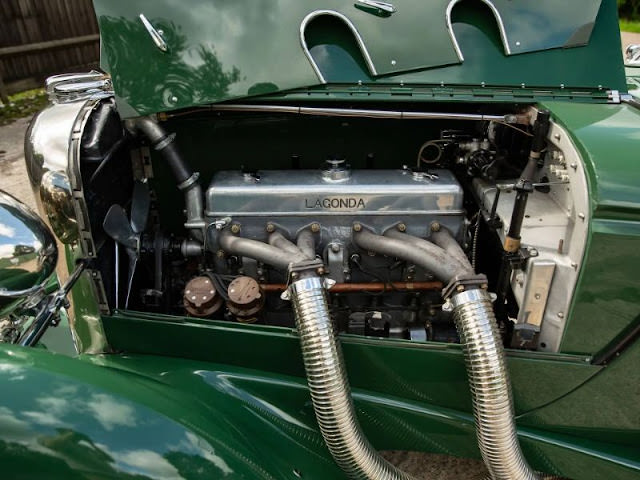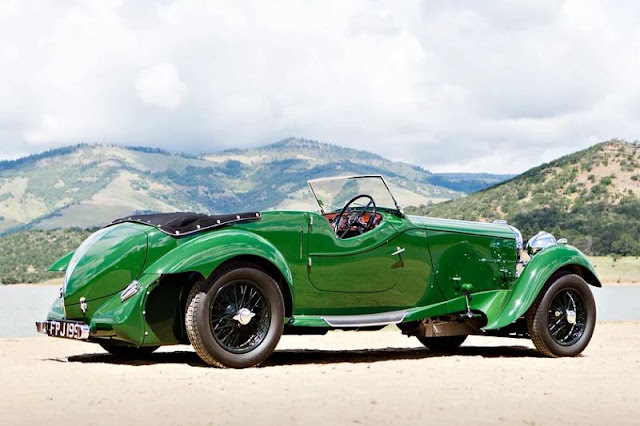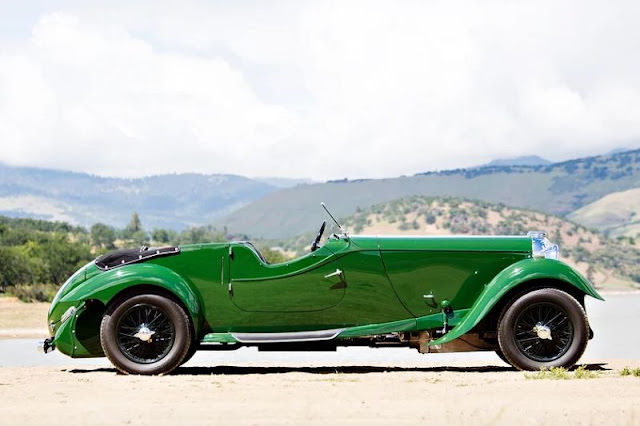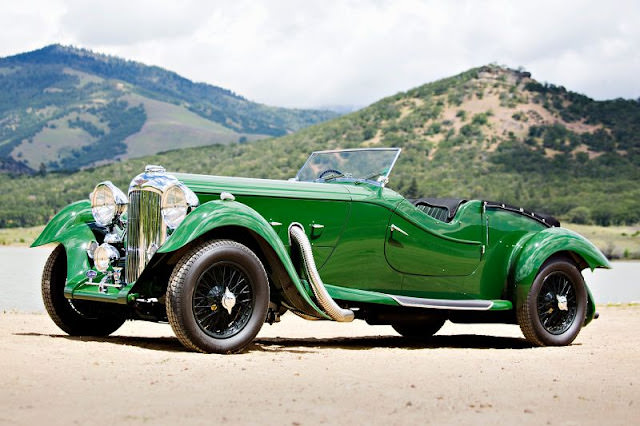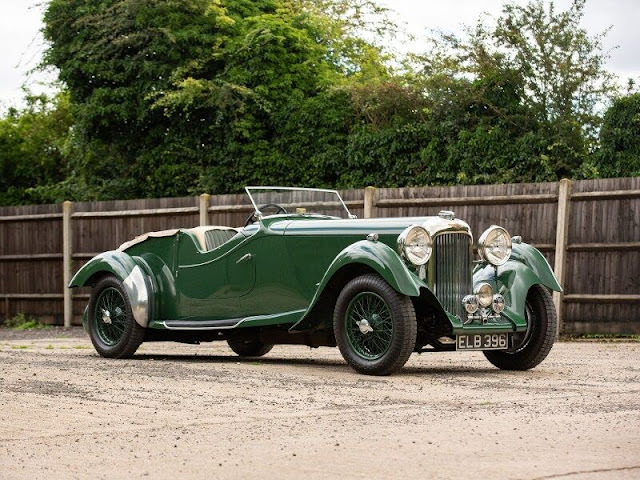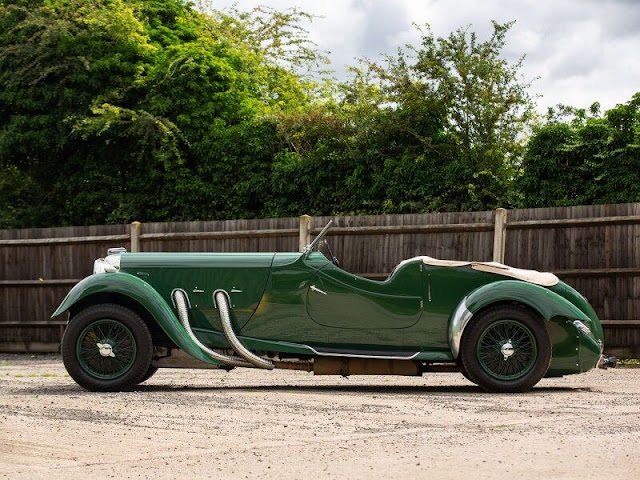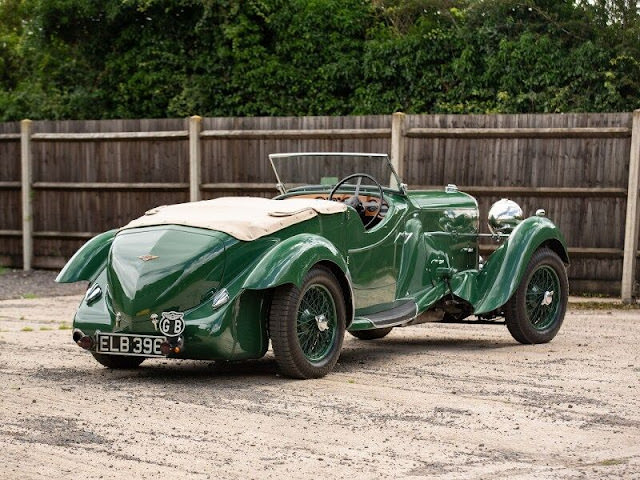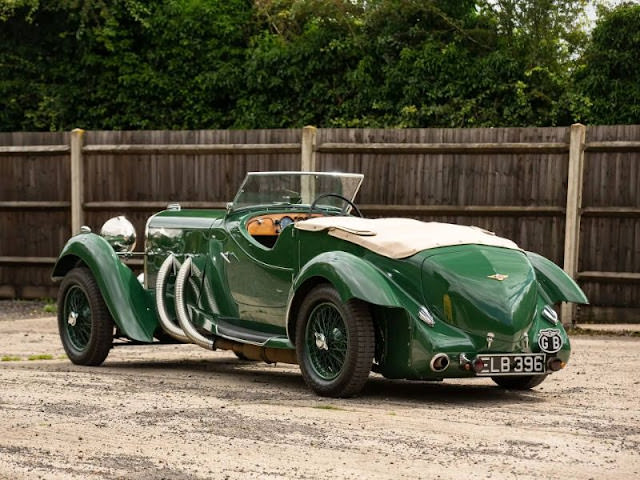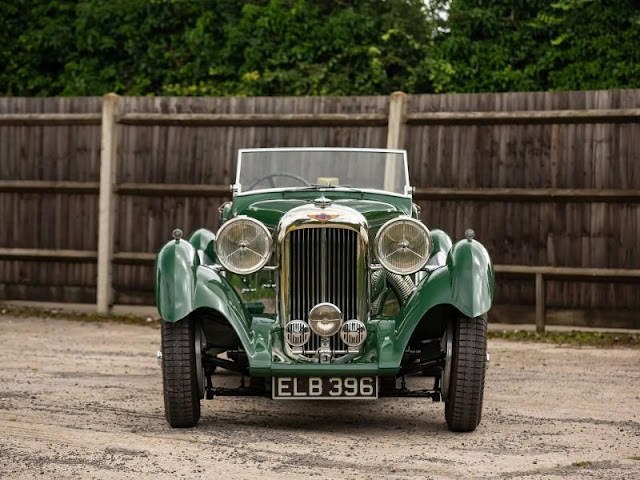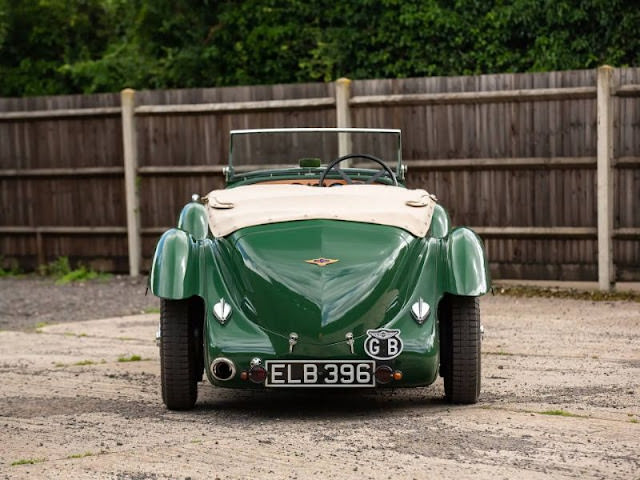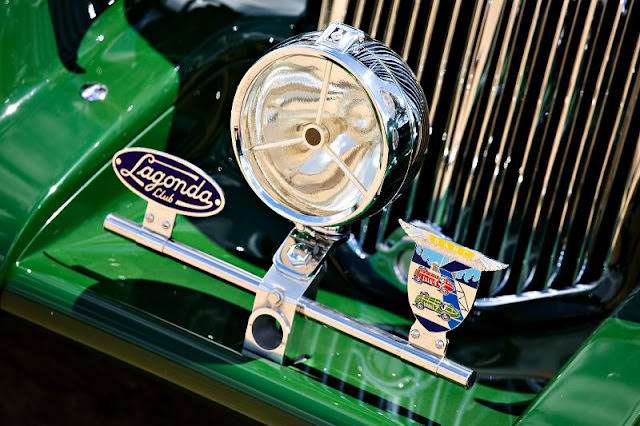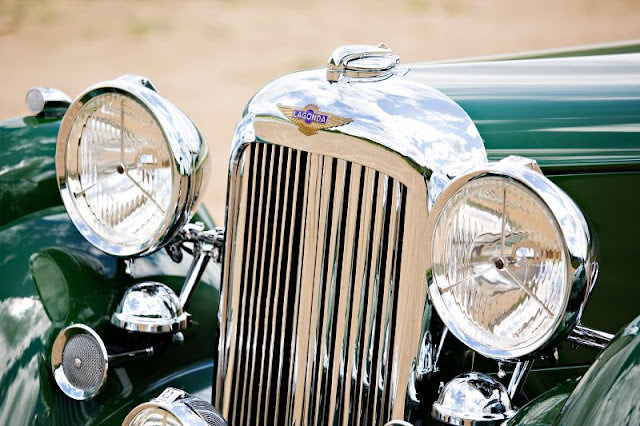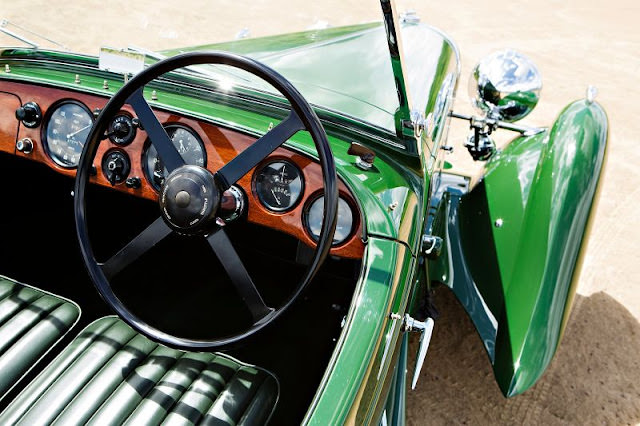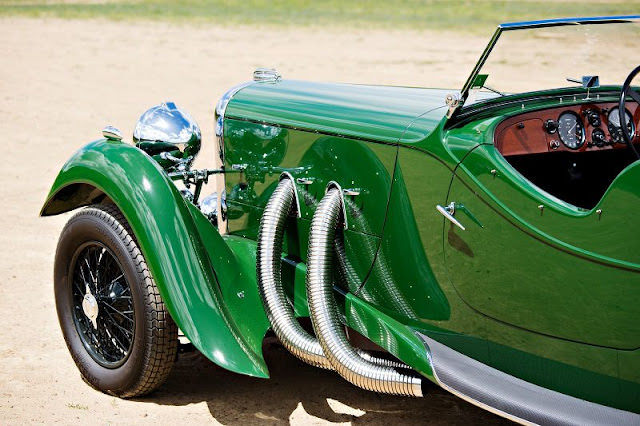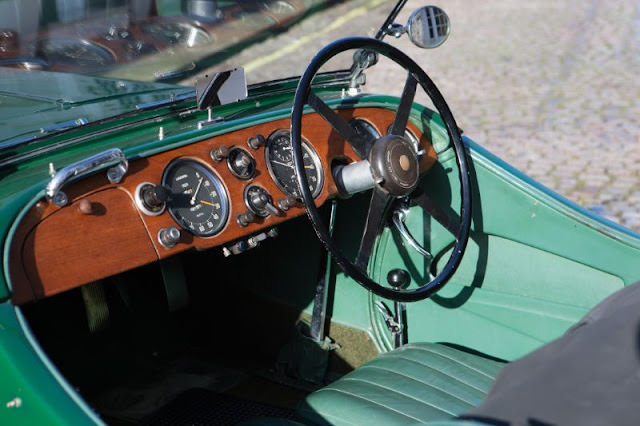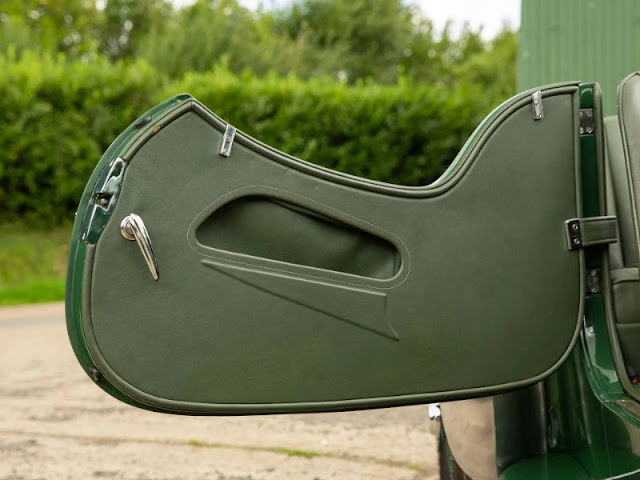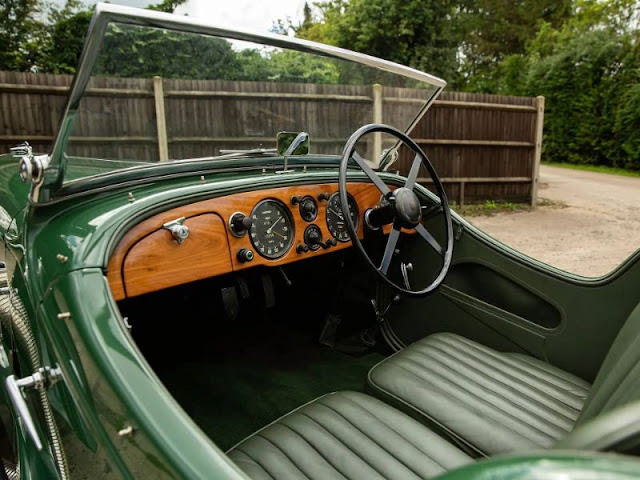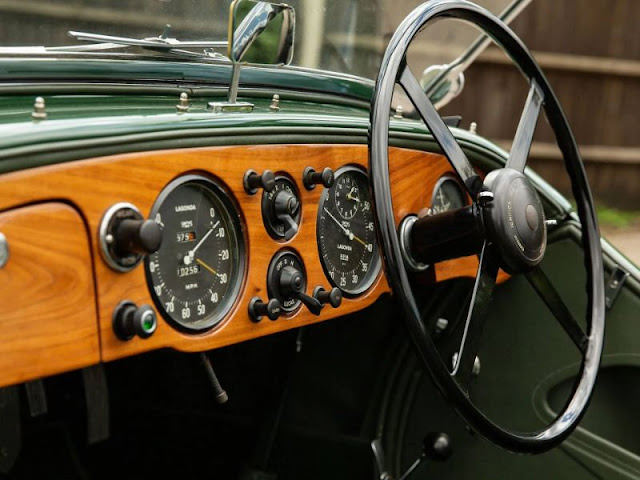The Lagonda LG45 Rapide, introduced in the mid-1930s, stands as a testament to the innovation and luxury in automotive design of its time. It was a creation of the Lagonda company, established in 1906 by Wilbur Gunn, renowned for their luxury vehicles.
At the heart of the LG45 Rapide was its engineering excellence. Powered by a 4.5-liter Meadows 6-cylinder engine, the vehicle was capable of impressive performance for its era. This engine was known for its reliability and power, making the LG45 Rapide a favorite among enthusiasts who valued both speed and endurance.
The design of the LG45 Rapide was a blend of elegance and practicality. Its body, often credited to the renowned designer Frank Feeley, showcased a sleek, aerodynamic profile that was not just aesthetically pleasing but also functional, reducing drag and improving performance. The car’s long bonnet and short tail, combined with a low-slung chassis, gave it a distinctive and aggressive stance.
Luxury was at the forefront of the LG45 Rapide’s interior design. The cabin was spacious and outfitted with high-quality materials, ensuring comfort even on longer journeys. Attention to detail was evident in the craftsmanship of the upholstery and the fittings, reflecting the car’s status as a luxury vehicle.
The LG45 Rapide was more than just a luxury car; it was a symbol of technological advancement. It featured innovations like independent front suspension and hydraulic brakes, which were advanced features for cars during the 1930s. These technical specifications not only improved the driving experience but also ensured a higher level of safety for both driver and passengers.


